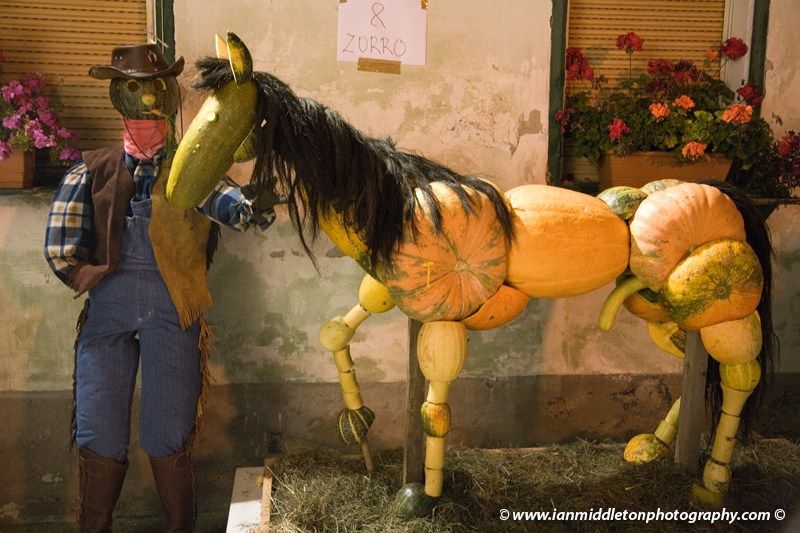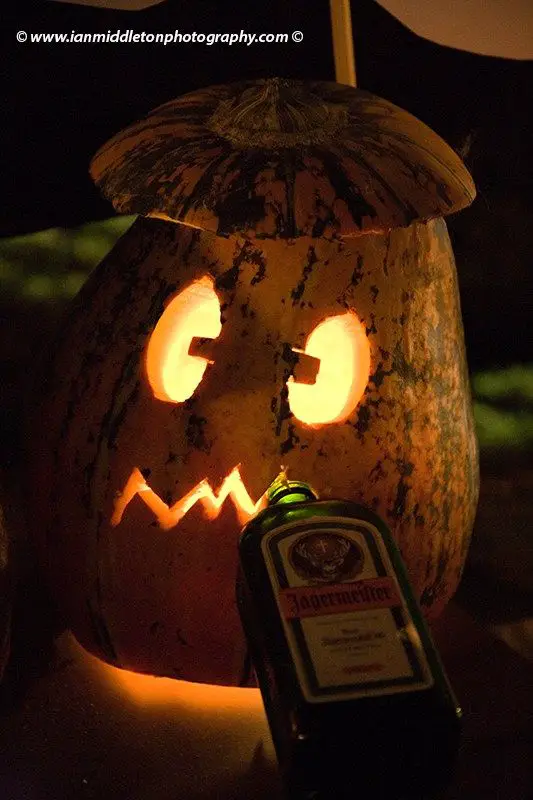STA, 31 October 2018 - Up until a few years ago, most Slovenians considered Halloween to be nothing but a holiday imported by those looking to make a buck off gory costumes. But recently, it has become quite popular. Although trick or treating is not an established tradition in Slovenia, a number of grizzly events in dark medieval castles more than make up for it.
Slovenians may have it even better than Northern Americans: apart from Halloween parties taking places in authentic ancient castles, many of which have their own very real and sinister witch inquisition stories, Slovenians also get the day off, as the country observes Reformation Day on 31 October.
While Halloween parties for children will be held already in the morning, the really terrifying get-togethers will attract witches, warlocks, vampires and zombies to a number of meeting places across the country in the evening.
Witches will take over Bled Castle, one of the most prominent tourist landmarks, in the evening, while Bogenšperk Castle, some 20 kilometres east of Ljubljana, will become a bewitched market place

©Ian Middleton. See more of this Halloween photos here.
Olimje, a town with a castle said to be a thousand years old, will host a Witches' Conference. Focusing on youth potions, the conference agenda will reflect the fact that Olimje has the third oldest pharmacy in Europe and the maker of the most effective potion will be awarded a jar of pickled bats.
The witches and warlocks more interested in physics than good looks will get the chance to go over the newest research looking into ways to make one's broom fly faster.
Many more events will be held all across the country, all of them featuring a number of activities for children, including magic spell contests and pumpkin carving workshops.
Halloween fans from Northern America may envy Slovenians one more thing: the day after Halloween is a bank holiday as well.
While true Halloween fans may use it to sleep off wicked hangovers, most Slovenians will head for the cemeteries, as the country observes All Saints' Day.
While the two holidays stem from the same pagan tradition, they are different in nature, according to sociologist and philosopher Mirt Komelj.

©Ian Middleton. See more of this Halloween photos here
"On the one hand we have this secular holiday that tries to reign in the fear of death and the dead by allowing people to put on scary costumes, and on the other is the day we remember our dead and visit their graves."
Although our society likes to think of itself as modern, global and civilised, the fear of death and dying is very real and requires methods involving the society as a collective to overcome it, said Komelj, underlining that Halloween and All Saints' Day must be studied as related units.
He believes that Halloween is here to stay, although the ways to celebrate it may change in the future.






